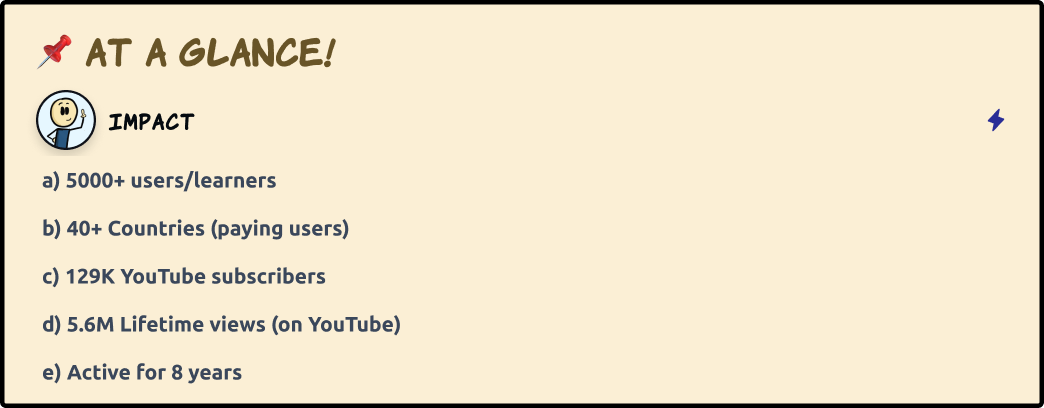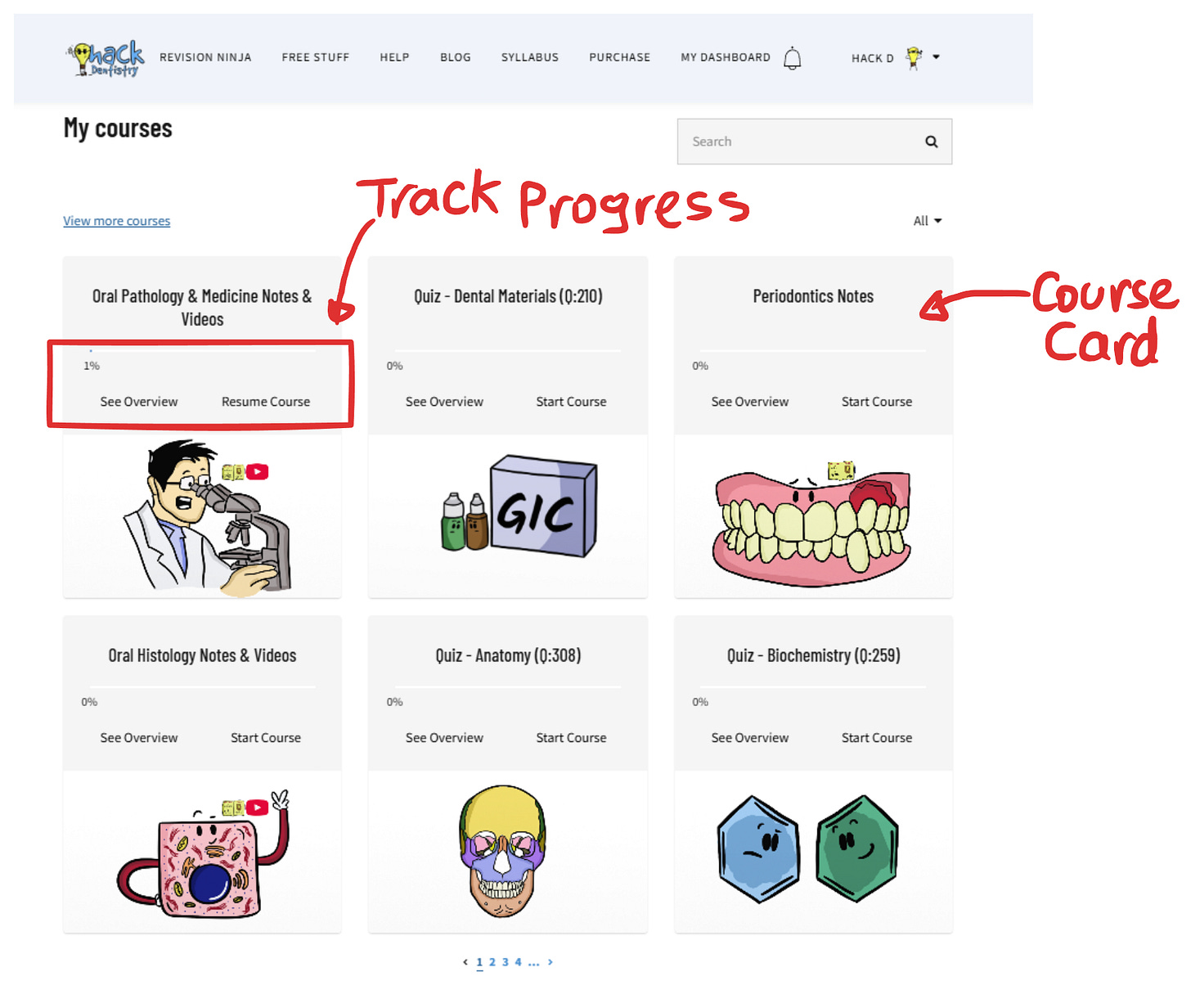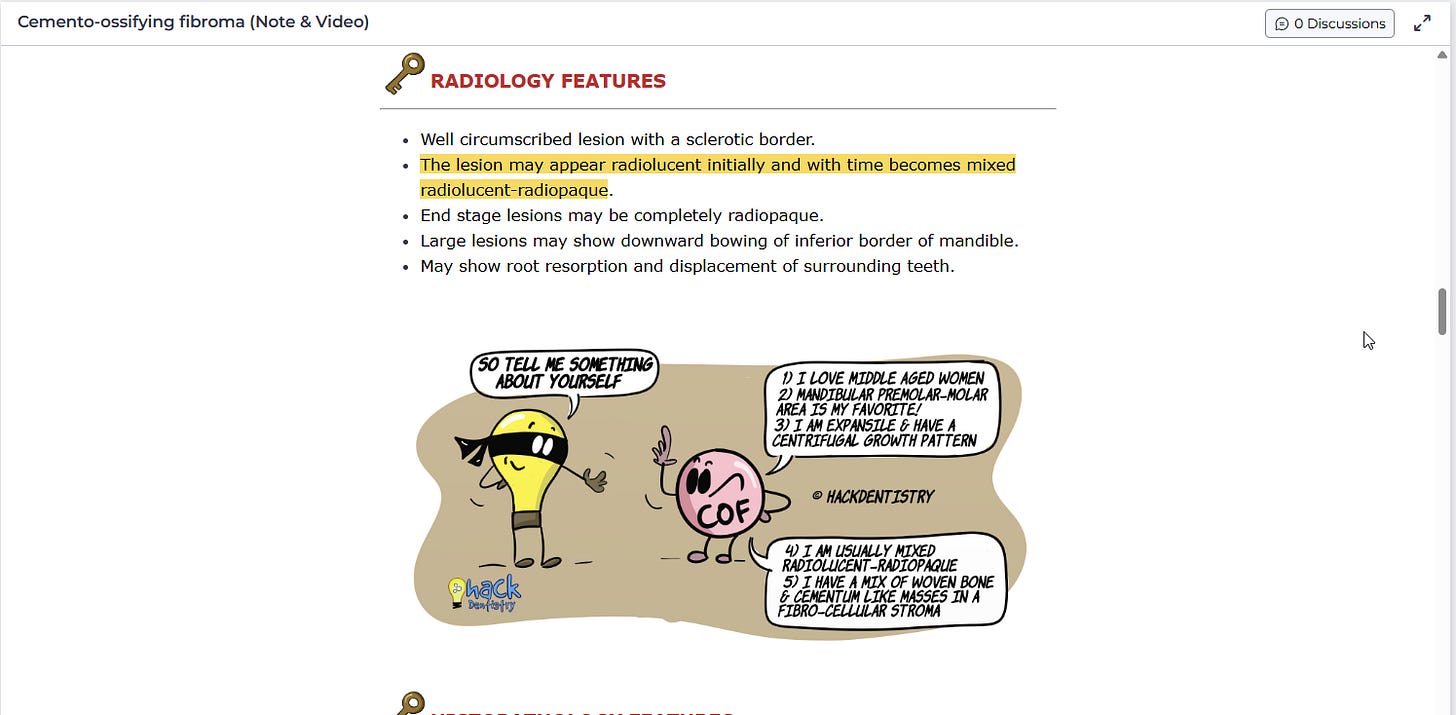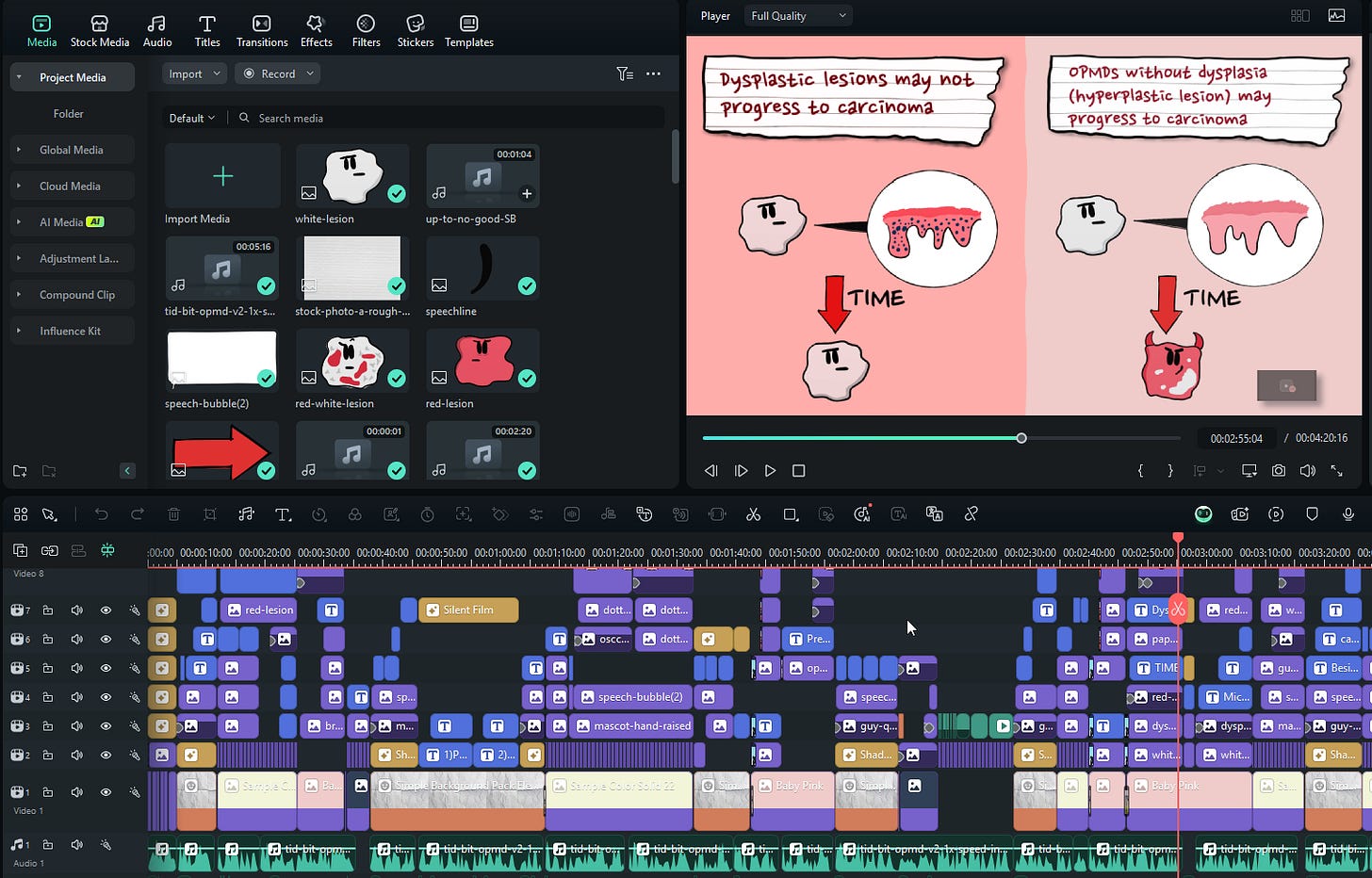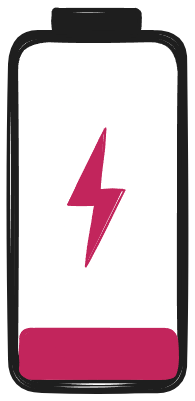HackDentistry was my first end-end (entrepreneurial) product built from scratch with no-code tools, and eventually used by 5,000+ learners across 40 countries.
Starting with simple sketch/comic-style videos, it grew into a full learning platform - complete with a structured curriculum, revision notes, and interactive question banks, used by a global community of students and educators.
From Pathology to Product
I was an Oral Pathologist and Assistant Professor at a teaching hospital (prior to pivoting to Product Design). I knew firsthand how overwhelming dental education could be: dense textbooks, expensive resources, and endless exams.
There was clearly a gap. Students needed a resource that was visual, lighthearted, and accessible anywhere. And I wanted to build it as a business.
This wasn’t a side experiment. From day one, the intent was to grow HackDentistry into a global platform for dental learning. YouTube was simply the first brick in that system.
Designing with Constraints
With no technical background, the most practical starting point was YouTube. It gave me a way to build an audience while figuring out how to eventually deliver a full learning platform.
As the YouTube channel grew, I started creating structured study material and bundling content into courses.
My first attempt to build the platform was on WordPress, but it quickly broke under scale.
I pivoted to Thinkific, a no-code tool that helps build learning platforms.
No-code meant I could:
Build fast, without engineering support.
Focus on structuring the learning journey, not the backend.
Spend my time designing pedagogy and experience.
The result was a platform that gave students the ability to:
Track their progress in a personal dashboard.
Navigate lessons easily with a clear left nav for navigating lessons and canvas at the right to study/read/watch videos.
Revise actively with interactive quizzes.
Learn consistently with hand-drawn visuals and diagrams.
Constraints forced me to keep things simple. But in hindsight, that simplicity made the product work. It had a clear structure, predictable flow, and engaging content.
Wearing Every Hat
HackDentistry wasn’t a big team. It was just me and a close friend collaborating with me on curriculum design, shaping question banks, brainstorming ideas, and taking care of the heavy lifting of creating other specialty content early on.
Otherwise, I was handling:
Product & platform → creating and managing the no-code build, structuring course bundles, and keeping the site running.
Content creation for Oral Pathology → producing 100+ sketch/doodle-style videos, detailed notes, and transcripts.
Marketing & community → growing a YouTube channel to 129K subscribers and a newsletter to 4,000+ readers.
Business & Operations → running the business, handling payments, customer support, and global learners.
It was scrappy, hands-on, and often overwhelming, but it taught me how to think like a founder and a designer.
Global Reach, Real Impact
HackDentistry started out focused on undergraduates preparing for exams. it grew beyond that, reaching learners in 40+ countries, and adopted by a wider audience.
Interns → balancing hospital rotations with postgraduate entrance prep.
Postgraduates → using the videos to simplify advanced oral pathology concepts.
Professors → integrating the material into classrooms to teach their own students.
What Didn’t Work
HackDentistry reached thousands of learners, but it struggled to scale as a business. The key lessons for me as a designer were:
Friction kills trust → I faced repeated issues with payment gateways. While I fixed them each time, the interruptions eroded user trust. Payment failures showed me that reliable flows are very much a UX problem.
Manual doesn’t scale → In the later years, I just resorted to granting access manually after payments were done (to mitigate my payment gateway woes). This created a poor user experience and led to churn.
Burnout → Running everything solo eventually caught up with me. The constant grind left me with little energy to push HackDentistry forward and became one of the reasons I pivoted toward product design.
HackDentistry worked as a product. Students loved the content and structure. But as a business, it didn’t scale like I expected it to.
My First Design School
HackDentistry ran for eight years, and in hindsight, it was my first crash course in product design.
I didn’t call it UX research, but I was uncovering student pain points.
I didn’t call it IA, but I was structuring dashboards and navigation.
I didn’t call it systems, but I was building consistent formats for videos, notes, and quizzes.
Design is not just pixels. Its also about systems, constraints, and outcomes. For me, HackDentistry isn’t just a business story, it was the foundation of my design career.
PS: I also explored a mobile design concept as a personal exercise. It wasn’t shipped, but helped me practice prototyping, theming, and design system integration → Designing a learning platform for busy dental students - a mobile design exploration


